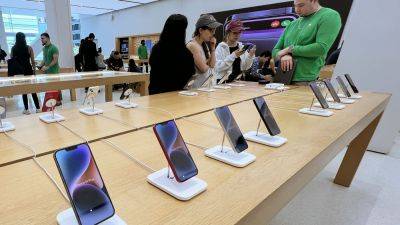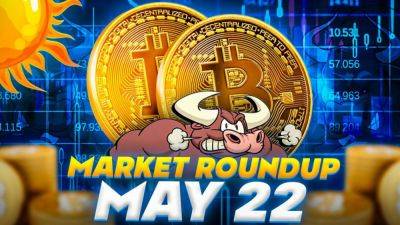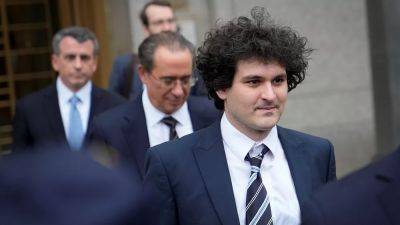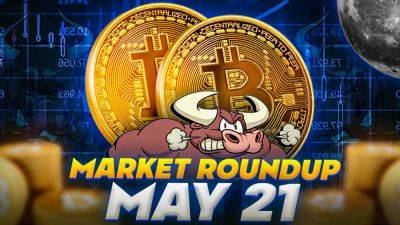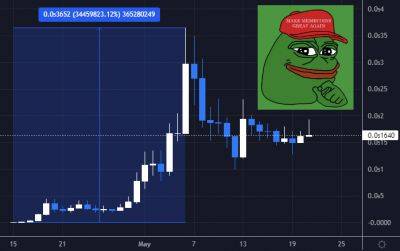Fueled by artistic passion, NFTs have found a permanent home in the art world
The ‘mainstreamification’ of NFTs initially gained traction in the art world, addressing the industry’s inherent problems and presenting a use case that was relatively easy for the average consumer to grasp. Since then, new trends have emerged, shaping the face of NFT art today and impacting its future trajectory. Notably, the recent popularity of Bitcoin NFTs and open edition collections demonstrates that artists, collectors and the art community still value NFTs, despite the criticism these assets have faced since their rise to prominence.
The art world is notoriously challenging to break into, particularly for artists without connections or the financial resources required to attend prestigious art schools. The industry is known to be ruled by gatekeepers — leaders of major galleries, museums and auction houses — who ultimately decide what qualifies as high-end art and which artists deserve the most attention.
Assuming artists can overcome these initial obstacles, they then face a new set of challenges and frustrations. Galleries and auction houses take a sizable percentage of their revenue in the form of commissions, leaving artists with minimal profit from their work. The extreme opacity of the art world also means that there is little transparency in pricing and sales conducted by third parties. In other words, despite being the reason for a work of art’s very existence, artists have very little control over pricing, sales and profit.
The traditional art world hasn’t only been unfair towards artists. Many aspiring collectors have found themselves struggling to enter the market, mainly due to high price tags attached to artwork and limited access.
Join the community where you can transform the future. Cointelegraph
Read more on cointelegraph.com


